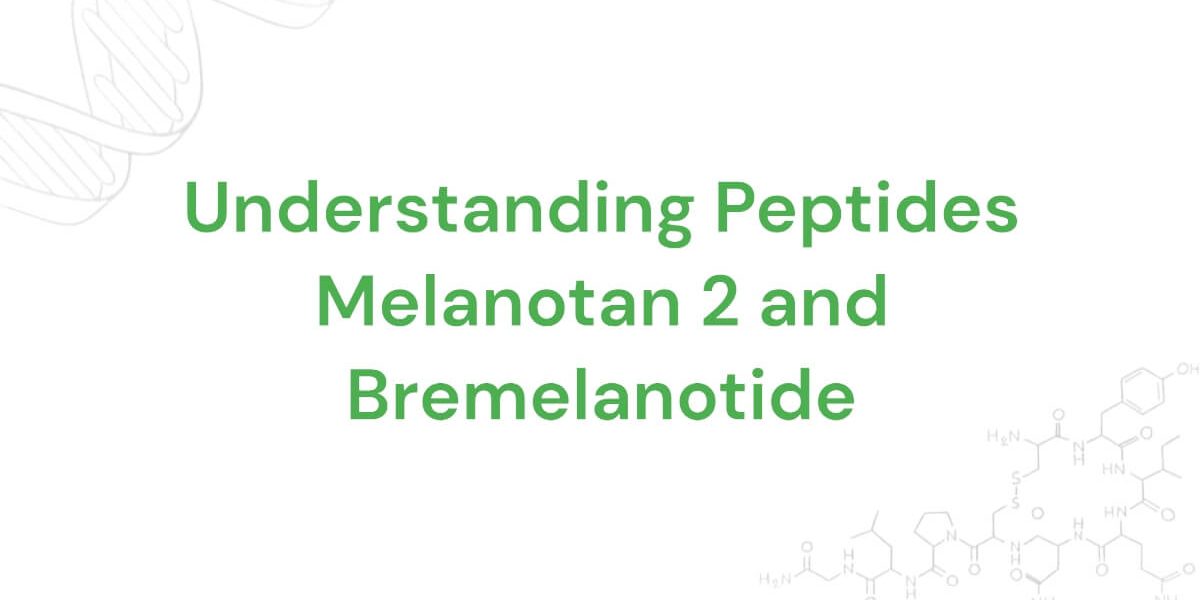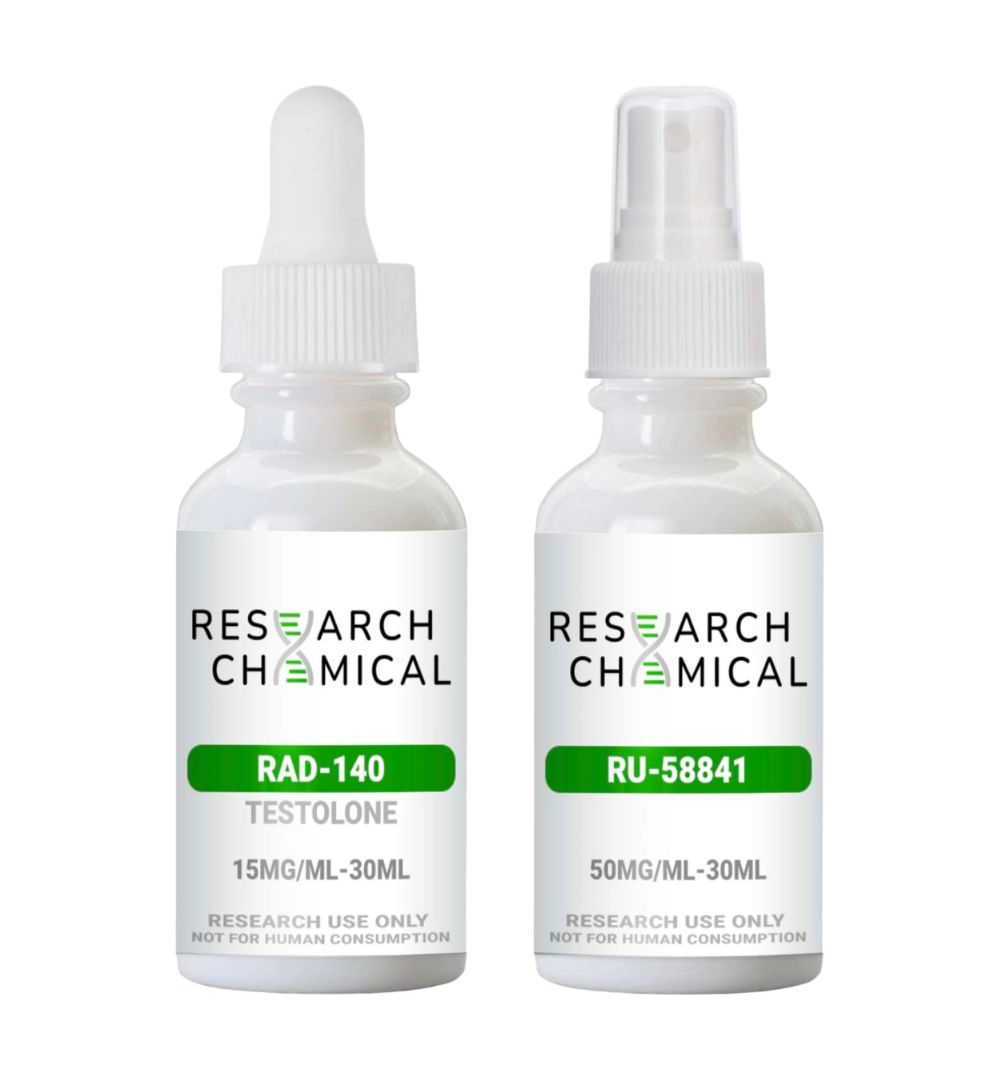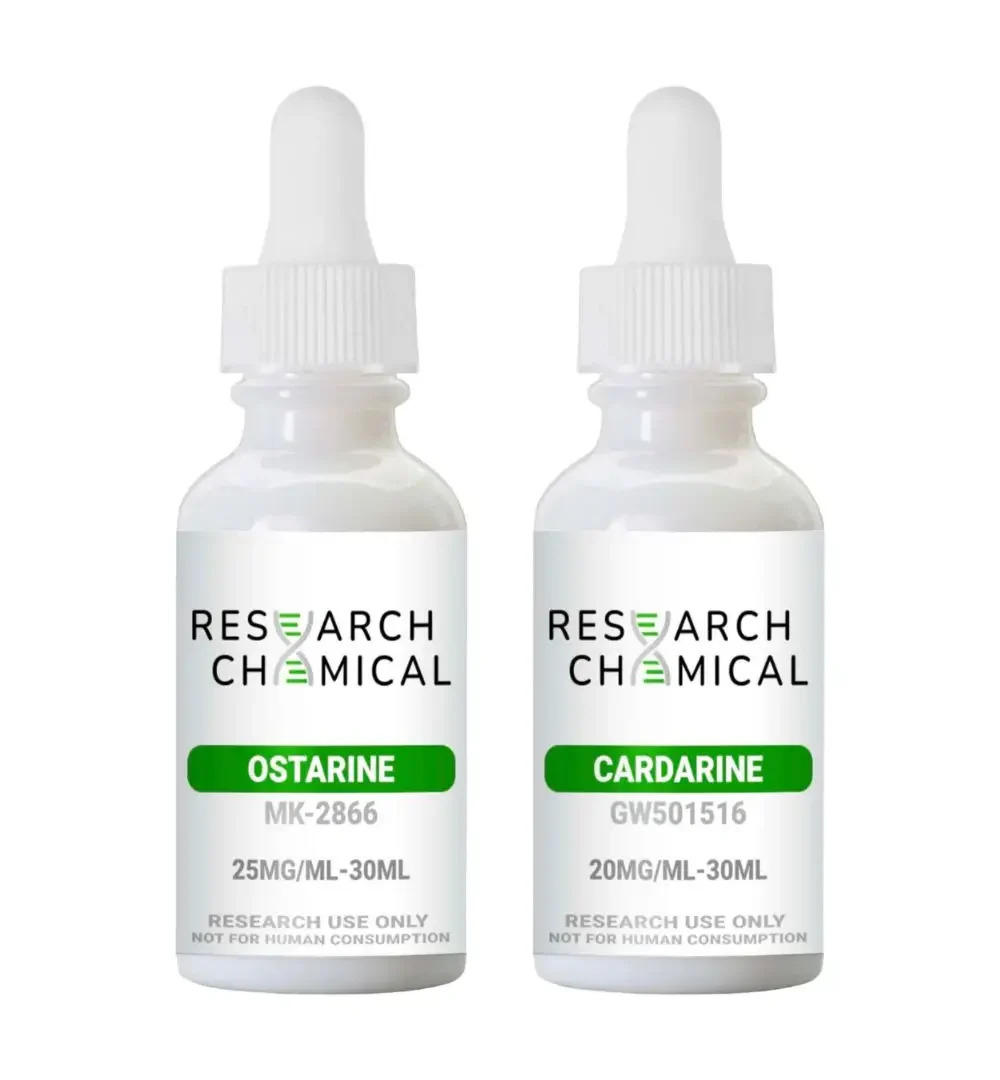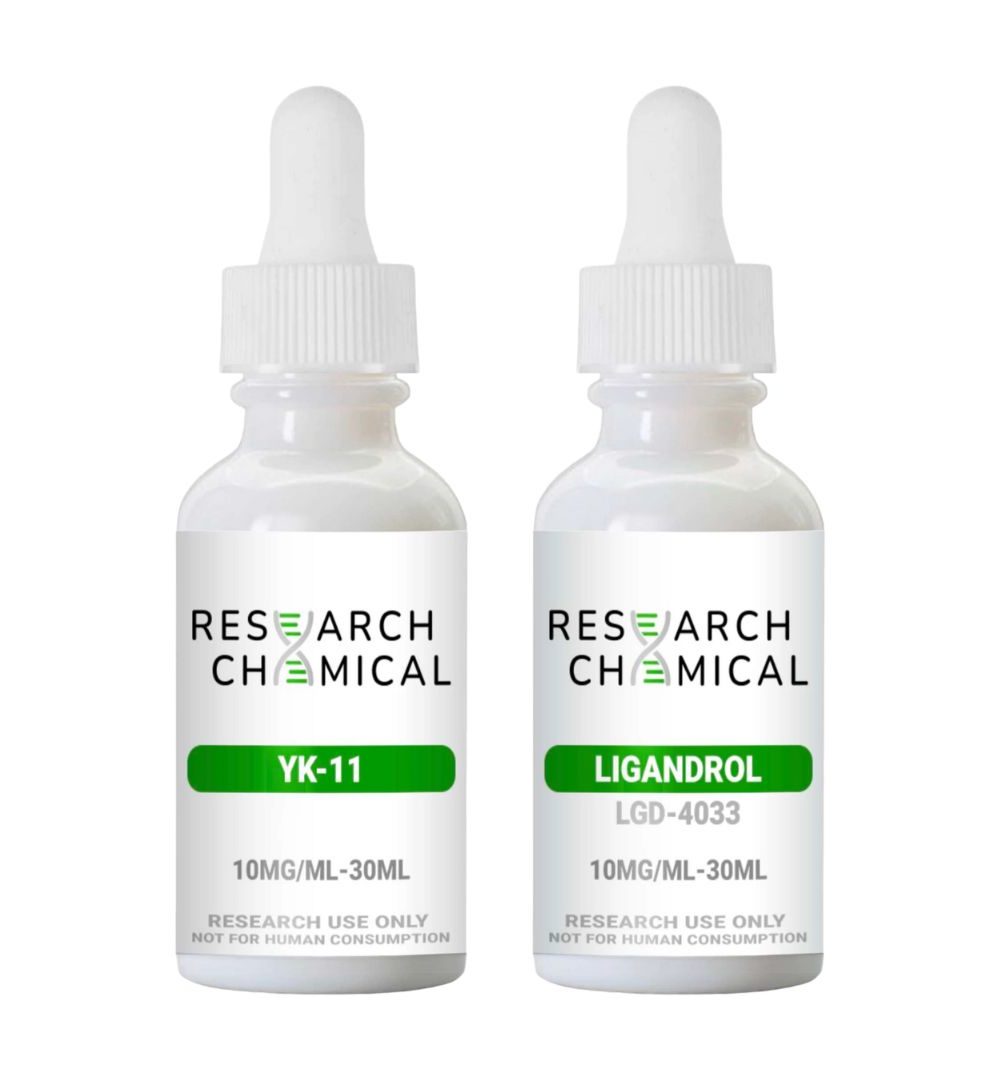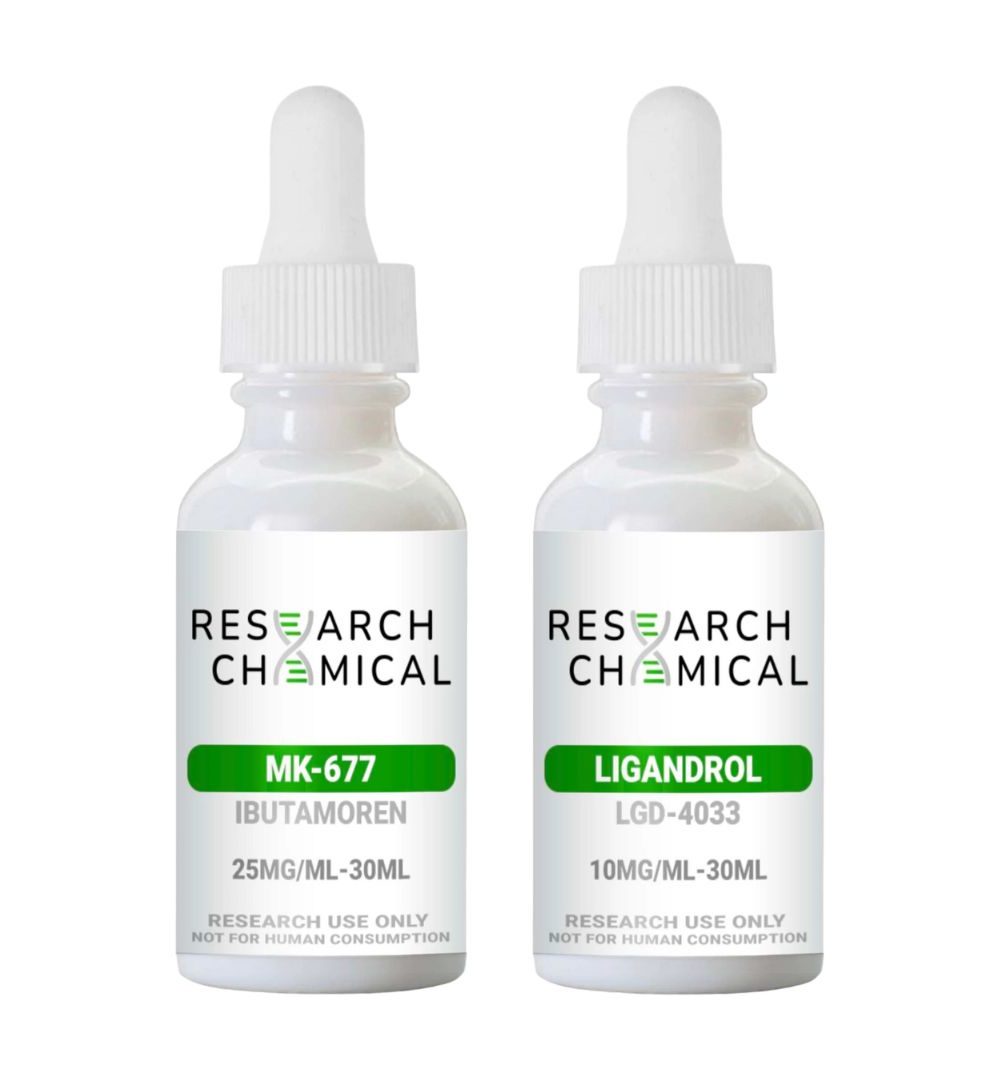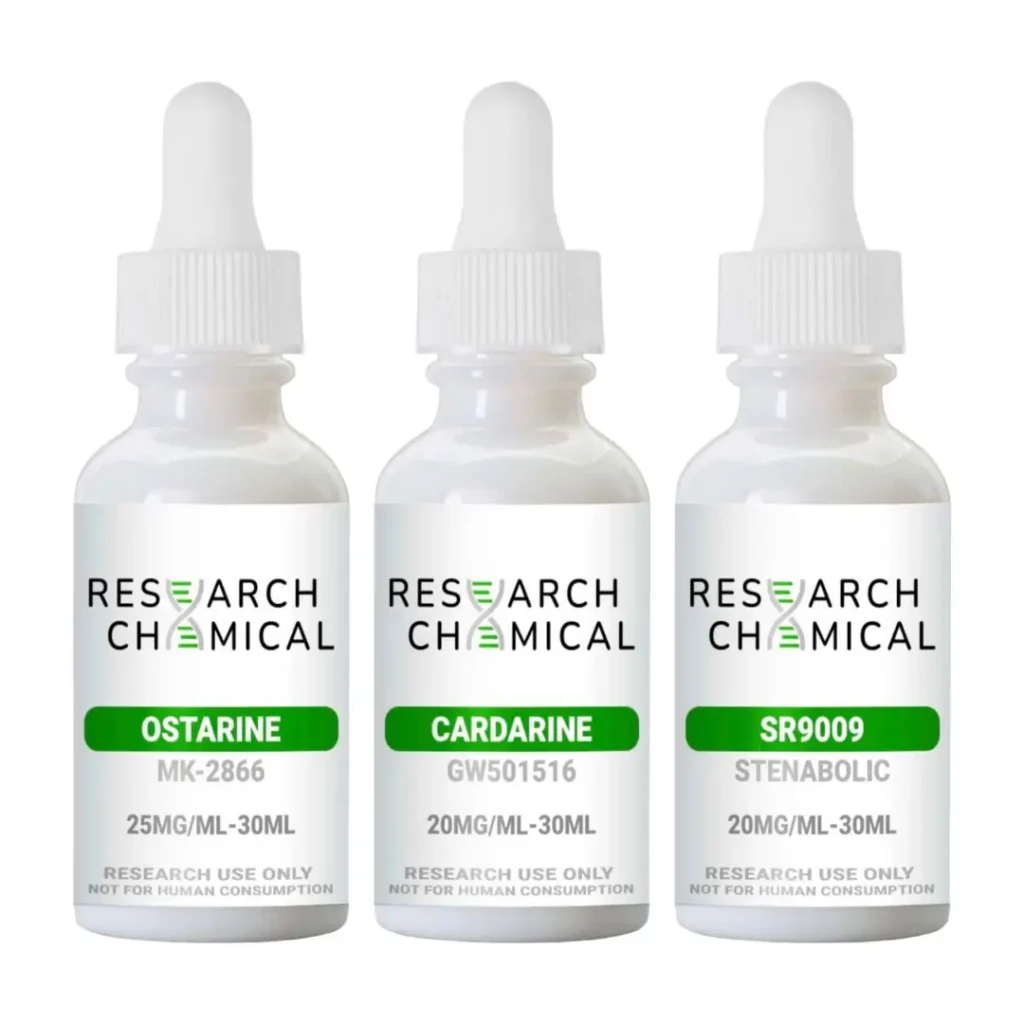Introduction to Melanin Peptides
Peptides are short chains of amino acids connected through peptide bonds. Found in every living organism, they execute many essential roles.
While natural peptides exist, synthetic variants can also be produced to emulate their natural counterparts. These artificial peptides are not resistant to digestion, which is why, in laboratory settings, they are often combined with a sterile solvent and administered in controlled experiments—not for human injection or consumption.
The FDA hasn’t endorsed peptides such as Melanotan II and PT 141 for therapeutic or dietary intake. However, as investigational compounds, also known as research chemicals, their use is permitted for laboratory research.
Deciphering Melanotan 2
Melanotan 2 (MT-2) is a lab-created version of the human α melanocyte-stimulating hormone (α MSH). This neuropeptide hormone is pivotal for stimulating skin pigmentation, along with managing inflammation, reproduction, and metabolism.
In research, it is explored whether Melanotan 2 can effectively replicate α MSH’s activities.
Bremelanotide
Bremelanotide, also recognized as PT 141, is a synthetic melanocortin-based peptide targeting the Melanocortin 4 receptor (MC-4R), predominantly present in the central nervous system. This receptor has ties to sexual functionalities, and Bremelanotide attempts to imitate its actions.
Melanocortin Insights
A specific study looked into Melanotan II’s effects on sexual function across both genders. Melanocortins are peptide hormones renowned for their varied physiological roles, with prior research hinting at their potential in addressing animal sexual dysfunctions.
In certain preclinical studies, MT-II has been observed to affect sexual behavior markers in animal models, though these findings are experimental and not applicable to humans.
Researchers are investigating MTII’s central nervous system activity, which may explain observed sexual behavior responses in preclinical models. Its effect profile continues to be evaluated for safety and clarity of mechanism.
An intriguing point is that MTII’s discovery in sexual enhancement was accidental, as the main research focus was on its impacts on skin pigmentation.
Potential Research Areas for Melanotan 2 and PT 141
Although research on Melanotan 2 and PT 141 is in its nascent stages, some promising areas deserve exploration:
-
Melanogenesis Insights Melanotan 2 appears promising in advancing skin tanning, or melanogenesis. It binds to melanocortin receptors, which are essential for melanin production, responsible for skin darkening.
-
Understanding Sexual Function Both Melanotan 2 and PT-141 are being studied for their possible effects on sexual function in research models, particularly due to their neurological targets. Their unique way of targeting the nervous system might hold the key to addressing sexual disorders unrelated to blood flow restrictions in the genitals.
-
Exploring Addiction Tendencies Early-stage research suggests MT-2 may interact with oxytocin signaling pathways related to impulse control, though this has only been observed in experimental animal studies. Some studies have pointed towards MT-2’s ability to reduce alcohol consumption.
-
Neurological Impacts Melanotan 2 has been investigated in preclinical studies exploring pathways associated with neurodegenerative conditions, though this research remains highly preliminary. Moreover, MT-2 is also being studied for its potential effects on behaviors associated with ASD.
-
The Weight Management Connection: Animal research has explored whether PT-141 interacts with the MC-4R receptor in ways that may influence energy expenditure and metabolism; however, findings are limited and exploratory.
-
The Insulin Paradigm Studies on specific rat species suggest that Melanotan II may have potential benefits for improving insulin sensitivity and glucose tolerance.
Navigating Potential Risks
Effects related to cardiovascular concerns were not detailed in previous discussions. More rigorous research is needed on PT 141 and Melanotan 2, especially about the nervous system’s influence on sexual desire and potential dysfunctions.
Guidelines for Safe Acquisition
In the U.S., while peptides can be legally procured online for research, there’s a risk of acquiring sub-par products. Here are a few suggestions for safe purchases:
-
Beware of Suspiciously Low Prices Quality peptides can be pricey to produce. Therefore, if a deal seems too lucrative, it might be a red flag.
-
Prioritize Third-party Testing Renowned peptide sellers will have their products undergo independent laboratory testing, a mark of quality and transparency.
-
Stay Within the Legal Bounds Remember, peptides are allowed only for research and aren’t FDA-endorsed as drugs or supplements.
Melanotan 2 and PT 141 have shown considerable research promise in areas like skin tanning, sexual performance, impulse control, neurology, and weight management. For more information, check out our in-depth research review of PT-141.
Why Research Chemical?
For those looking for high quality peptides for sale in lyophilized form, including Melanotan 2, Epitalon, Selank, and others, Research Chemical is the go-to source.
Visit the Research Chemical blog for detailed articles, research breakdowns, and insights into the world of peptides and research chemicals.
Always remember, the purchase of these products is strictly for research purposes.
These compounds are strictly for laboratory research use only and are not approved for human consumption, medical, or dietary purposes
1. Wessells H, Fuciarelli K, Hansen J, Hadley ME, Hruby VJ, Dorr R, Levine N. Synthetic melanotropic peptide initiates erections in men with psychogenic erectile dysfunction: double-blind, placebo controlled crossover study. J Urol. 1998 Aug;160(2):389-93. PMID: 9679884.
2. Wessells H, Hruby VJ, Hackett J, Han G, Balse-Srinivasan P, Vanderah TW. Ac-Nle-c[Asp-His-DPhe-Arg-Trp-Lys]-NH2 induces penile erection via brain and spinal melanocortin receptors. Neuroscience. 2003;118(3):755-62. doi: 10.1016/s0306-4522(02)00866-7. PMID: 12710982.
3. Rössler AS, Pfaus JG, Kia HK, Bernabé J, Alexandre L, Giuliano F. The melanocortin agonist, melanotan II, enhances proceptive sexual behaviors in the female rat. Pharmacol Biochem Behav. 2006 Nov;85(3):514-21. doi: 10.1016/j.pbb.2006.09.023. Epub 2006 Nov 20. PMID: 17113634.
4. Safarinejad MR, Hosseini SY. Salvage of sildenafil failures with bremelanotide: a randomized, double-blind, placebo controlled study. J Urol. 2008 Mar;179(3):1066-71. doi: 10.1016/j.juro.2007.10.063. Epub 2008 Jan 18. PMID: 18206919.
5. York DA, Boghossian S, Park-York M. Melanocortin activity in the amygdala influences alcohol intake. Pharmacol Biochem Behav. 2011 Mar;98(1):112-9. doi: 10.1016/j.pbb.2010.12.010. Epub 2010 Dec 15. PMID: 21167196.
6. Navarro M, Carvajal F, Lerma-Cabrera JM, Cubero I, Picker MJ, Thiele TE. Evidence that Melanocortin Receptor Agonist Melanotan-II Synergistically Augments the Ability of Naltrexone to Blunt Binge-Like Ethanol Intake in Male C57BL/6J Mice. Alcohol Clin Exp Res. 2015 Aug;39(8):1425-33. doi: 10.1111/acer.12774. Epub 2015 Jun 24. PMID: 26108334; PMCID: PMC4515169.
7. Lau JKY, Tian M, Shen Y, Lau SF, Fu WY, Fu AKY, Ip NY. Melanocortin receptor activation alleviates amyloid pathology and glial reactivity in an Alzheimer’s disease transgenic mouse model. Sci Rep. 2021 Feb 23;11(1):4359. doi: 10.1038/s41598-021-83932-4. PMID: 33623128; PMCID: PMC7902646.
8. Minakova E, Lang J, Medel-Matus JS, Gould GG, Reynolds A, Shin D, Mazarati A, Sankar R. Melanotan-II reverses autistic features in a maternal immune activation mouse model of autism. PLoS One. 2019 Jan 10;14(1):e0210389. doi: 10.1371/journal.pone.0210389. PMID: 30629642; PMCID: PMC6328175.
9. McMillan TR, Forster MAM, Short LI, Rudecki AP, Cline DL, Gray SL. Melanotan II, a melanocortin agonist, partially rescues the impaired thermogenic capacity of pituitary adenylate cyclase-activating polypeptide-deficient mice. Exp Physiol. 2021 Feb;106(2):427-437. doi: 10.1113/EP088838. Epub 2020 Dec 17. PMID: 33332767.
10. Jackson E, Heidl M, Imfeld D, Meeus L, Schuetz R, Campiche R. Discovery of a Highly Selective MC1R Agonists Pentapeptide to Be Used as a Skin Pigmentation Enhancer and with Potential Anti-Aging Properties. Int J Mol Sci. 2019 Dec 5;20(24):6143. doi: 10.3390/ijms20246143. PMID: 31817532; PMCID: PMC6940745.
By purchasing from ResearchChemical.com, you acknowledge and agree that you are acquiring Research Chemicals. These chemical substances are specifically designed for utilization in scientific and medical research endeavors.
It is important to note that these research chemicals are exclusively intended for laboratory use. They are not sold for consumer use.
Please be advised that the statements made on this website have not been evaluated by the U.S. Food and Drug Administration (FDA). Furthermore, the products offered by this company are not intended to diagnose, treat, cure, or prevent any disease.
The information provided on this website is solely for informational and educational purposes and should not be considered as medical advice or a substitute for professional medical guidance.
ResearchChemical.com, its manufacturers, sellers, and distributors hold no liability for any consequences arising from the misuse, improper handling, or usage of these chemicals.
Please be aware that the sale and purchase of these chemicals may be subject to legal restrictions and regulations in some jurisdictions. It is the buyer’s responsibility to ensure compliance with all applicable laws and regulations.

